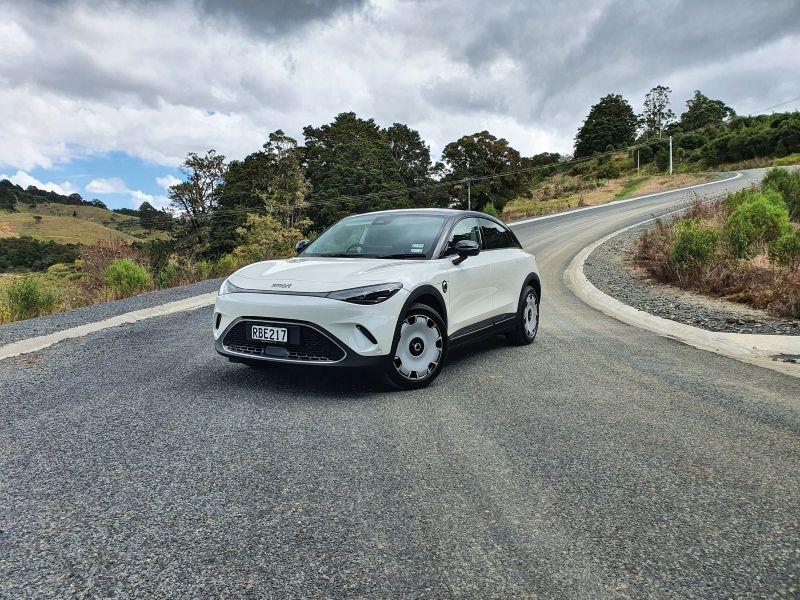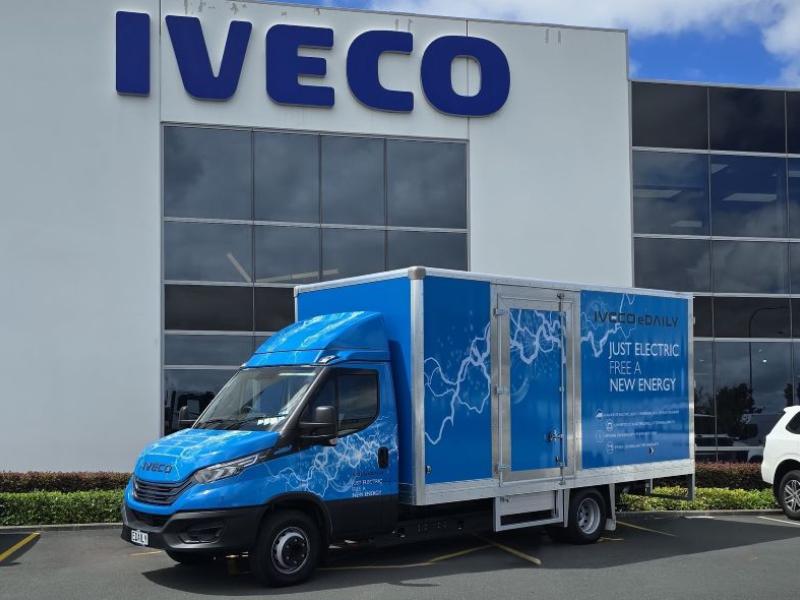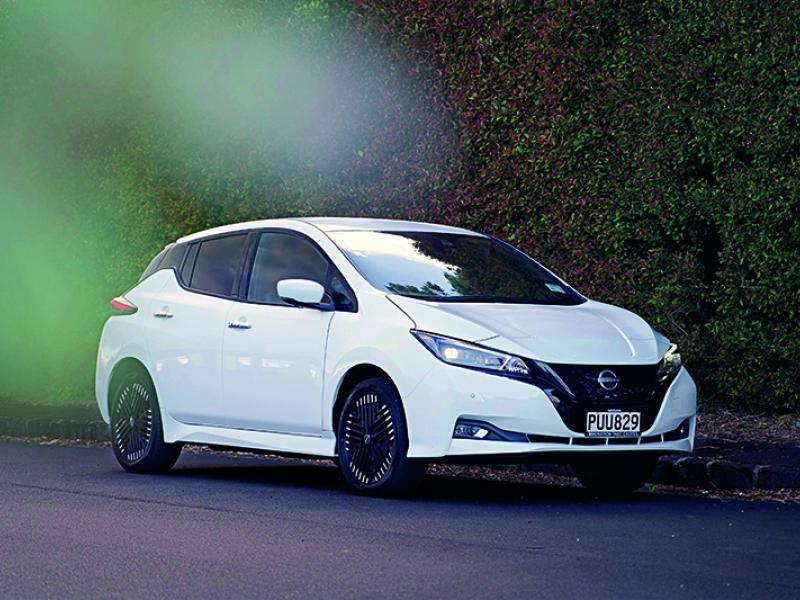There’s a lot of enthusiastic talk at the moment around the Government’s July 1 introduction of the Clean Car rebate to encourage a greater uptake of electric and plug-in electric vehicles.
Many are suggesting the subsidies are not enough, while others suggest they could put more pressures on vehicle distributors to land enough vehicles to cope with the increased demand, and there is still the infrastructure of chargers to consider.
The interest in EVs/PHEVs is the running step before the walking one. Its very easy to get swept up into the hype. NZ Company Vehicle advises its readers to perform due diligence if planning to go EV.
Part of business fleet buying is making sure your vehicles are fit for purpose. When you want to go electric, you must consider other elements.
You should be looking at policies pertinent to EV/PHEV operation, paying particular attention to home use and the follow on from that, which is the mechanics of home charging.
If the company car is an extension of the workplace, and home is still a workplace for many in a post-Covid world, then providing the tools for a safe workplace in conjunction with EVs, can throw some curly OSH questions your way as an employer.
But let’s keep it simple.
Our recommendation is to take some of the rebate received after the vehicle has been registered and commit $2500 of that to an at-home/work wall box for every EV/PHEV acquired.
To date, we are only aware of Mazda offering a wall box with the purchase of its new MX-30 all electric vehicles and realistically, we feel this is something every EV car distributer should offer.
However, the auto industry is currently overburdened and end users of EVs make significant savings, so putting aside a percentage of the rebate for a wall box should really fall back on the EV owner.
EV/PHEVs are often sold with the promise of being able to plug into your house, however, you do need to ensure your house wiring can take the extra – and unexpected – load of an EV.
Before committing to an EV purchase then, any prospective buyer should be talking to a wall box or charging installation specialist and at the same time, consider the best location for the charger.
Different vehicles provide charge ports at different locations around the vehicles; front rear, left or right. MG seems to be the only brand with the smartest charge point, in the centre of the front grille.
But if you have a multi-vehicle driveway, putting the wall box in the right place is a critical consideration, especially when you consider trip hazards around the home.
As to vehicle selection, it is only purely electric vehicles and the plug-in hybrid vehicles which qualify for the subsidies, and it is easy to forget that self-charging hybrids do not.
We think this is a bit unfair as the self-charging hybrids could at the very least command some other form of incentive. Perhaps a reduction in registration costs to increase the uptake of these vehicles?
Yes, this does play into the hands of a specific vehicle supplier – Toyota – but then Toyota is the manufacturer which has had the most impact on CO2 reduction of any brand.
At the launch of the – non-qualifying – new Highlander, TNZ commented that with its (round figures) 20 percent market share, it has contributed almost 50 percent of the automotive industry’s CO2 reduction between 2016 and 2020. This with self-charging hybrids.
Food for thought perhaps?
On the next few pages, we have reviewed a number of EV/PHEV qualifying vehicles to give you an idea of what we think.
We have also reviewed some alternatively powered vehicles which do not qualify, but which should be on the To Be Considered list for those looking to ease their dependency on purely ICE (internal combustion engine) vehicles.
And here are the vehicles which do qualify for rebates: full electric/plug-in electric under $80,000 and available to buy at time of writing:
|
ELECTRIC |
PLUG-IN ELECTRIC |
|
BMW i3 |
Ford Escape PHEV |
|
Honda Jazz e-LUX |
Ford Transit Custom PHEV |
|
Hyundai IONIQ |
Hyundai IONIQ |
|
Hyundai IONIQ Elite |
Hyundai IONIQ ELITE |
|
Hyundai Kona |
Kia Niro LX |
|
Kia Niro EX/SX |
Kia Sorento EX AWD |
|
LDV eDeliver3 |
MG HS |
|
MG ZS EV |
Mercedes Benz A250e |
|
Mazda MX-30 |
Mitsubishi Outlander XLS/VRX |
|
MINI Electric |
Mitsubishi Eclipse Cross XLS/VRX |
|
Nissan Leaf |
MINI Countryman |
|
Renault Zoe |
SKODA SUPERB iV Style/Sportline |
|
|
Toyota Prius Prime/Leather |
|
|
Volvo XC40 |






